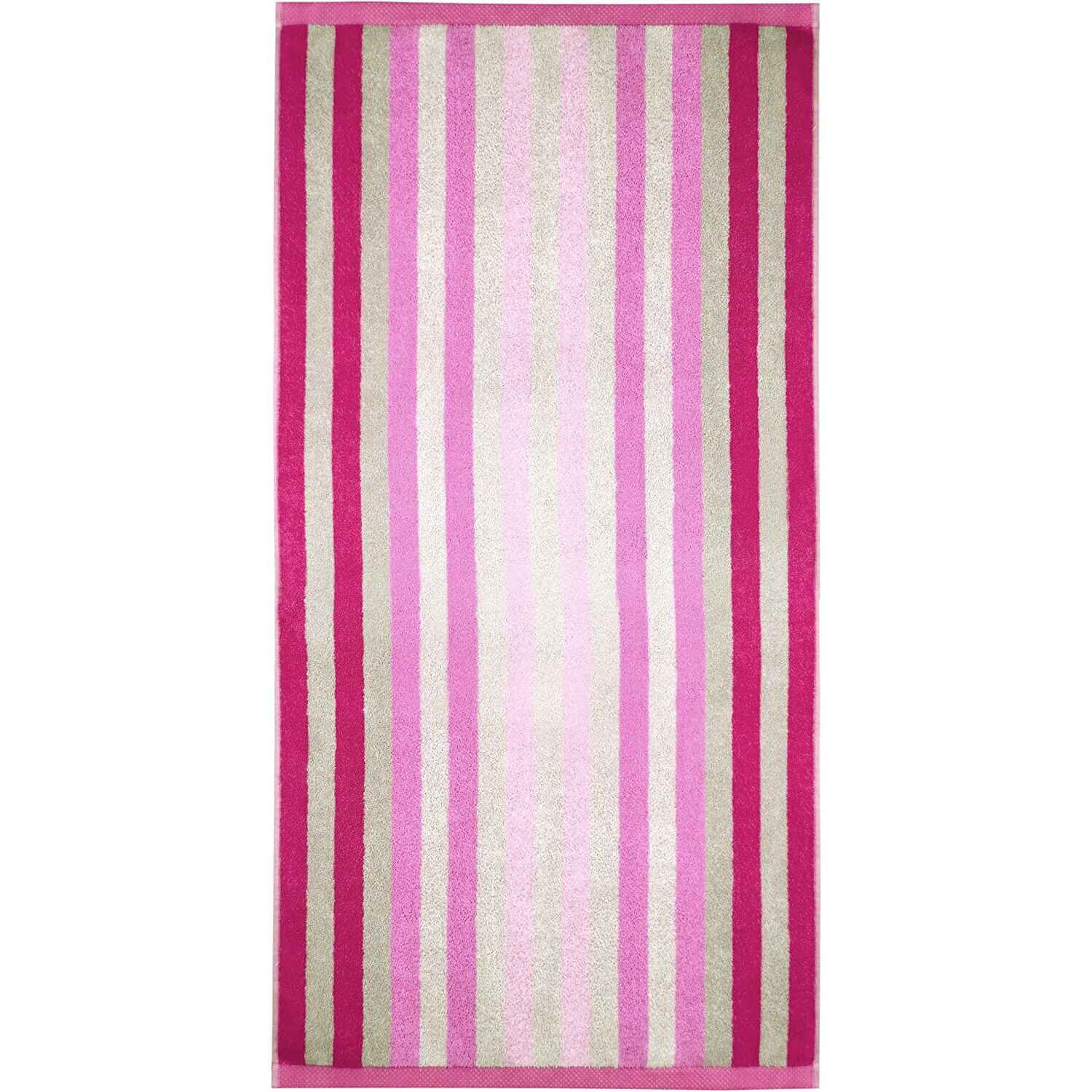
10 Piece Towel Set PREMIUM purple & anthracite, quality 470g/m², 2 bath towels 70 x 140 cm, 4 hand towels 100 x 50 cm, 2 guest towels 30 x 50 cm, 2

Guido Maria Kretschmer Home&Living Handtuch Set »Mila«, 5 tlg., Walkfrottee, mit GMK Logo, democratichome edition online bestellen | Jelmoli-Versand

TRUMSEN Handtücher Handtuchset,doppelseitigsaugfähig,weichverdicken, (8-St), Nicht klebriges Öl,Kann zur Bodenreinigung verwendet werden

Cotton Paradise 6-teiliges Handtuch-Set, 100 % türkische Baumwolle, weiche, saugfähige Handtücher für Badezimmer, 2 Badetücher, 2 Handtücher, 2 Waschlappen, Lila : Amazon.de: Küche, Haushalt & Wohnen

2er-set. Verdicktes Korallenvlies-handtuch-set, Großes Badetuch 1, Handtuch 1, Strand-badetuch, Weich Und Bequem, Stark Saugfähiges Handtuch - Werkzeuge & Heimwerkerbedarf - Temu Germany

Lashuma 4er Set Handtücher klein 16x21 cm, Gesichtstücher Baumwolle London, Handtücher Lila - Flieder : Amazon.de: Küche, Haushalt & Wohnen

Betz Towel set, 8 pieces, dimensions 50 x 100 cm, premium towel, 100% cotton, color purple : Amazon.nl: Home & Kitchen

Handtücher :: Lashuma Frottee Handtuch Lila | 2er Set Baumwoll-Handtuch | Größe: 50x100 cm Gestreift

GREEN MARK Textilien 10 TLG. FROTTIER Handtuch-Set mit verschiedenen Größen 4X Handtücher, 2X Duschtücher, 2X Gästetücher, 2X Waschhandschuhe | Farbe: Anthrazit grau | Premium Qualität : Amazon.de: Küche, Haushalt & Wohnen

Handtücher :: Lashuma Premium Handtuchsets, 4 Größen Baumwollhandtücher Geschenksets, Frotteetücher Mehrfarbig, Handtuchserie London

Betz Handtücher 6 Stück Handtücher Größe 50 x 100 cm Premium Handtuch Set 100% Baumwolle Farbe Altrosa/anthrazitgrau, 100% Baumwolle (6-St)

Betz 10-TLG. Handtuch-Set Classic 100% Baumwolle 2 Duschtücher 4 Handtücher 2 Gästetücher 2 Seiftücher Farbe lila und Altrosa : Amazon.de: Küche, Haushalt & Wohnen

my home Handtuch Set »Anna«, Set, 6 tlg., Walkfrottee, gestreifte Bordüre, Handtuch-Set, Handtücher aus 100% Baumwolle jetzt kaufen | Ackermann.ch

Handtücher :: Lashuma Premium Handtuchsets, 4 Größen Baumwollhandtücher Geschenksets, Frotteetücher Mehrfarbig, Handtuchserie London

Waben Handtuch Set Weiche Geometrische Schönheit Gesicht Handtücher 100% Baumwolle Bad Handtuch Schwimmen Hause 3 Farben Für Erwachsene Serviette De bain _ - AliExpress Mobile

8 TLG. Handtuch-Set in vielen Farben - 8 Handtücher 50x100 cm - Farbe türkis : Amazon.de: Küche, Haushalt & Wohnen

Betz 4 TLG. Handtuch Set Happy Pack 100% Baumwolle 2 Handtücher 2 Waschhandschuhe Farbe lila - schwarz 250705 : Amazon.de: Küche, Haushalt & Wohnen

2er-set. Verdicktes Korallenvlies-handtuch-set, Großes Badetuch 1, Handtuch 1, Strand-badetuch, Weich Und Bequem, Stark Saugfähiges Handtuch - Werkzeuge & Heimwerkerbedarf - Temu Germany

3er-Set Baumwollhandtücher, Handtuch-Set, 72 x 32 cm, Badetücher, Handtücher, Baumwoll-Badelaken, rosa, weiße, graue Handtücher für Badezimmer und Küche

Möve Poolside 10-TLG. Handtuch-Set, Made in Germany, 100% Baumwolle, Silver 2*20x15 + 2*30x50 + 4*50x100 + 2*67x140 : Amazon.de: Küche, Haushalt & Wohnen

Joop Handtuch Set Gäste + Handtuch in Bochum - Bochum-Südwest | eBay Kleinanzeigen ist jetzt Kleinanzeigen

8 TLG. Handtuch-Set in vielen Farben - 8 Handtücher 50x100 cm - Farbe türkis : Amazon.de: Küche, Haushalt & Wohnen

Betz Handtücher 10 Stück Handtücher Palermo Handtuch-Set 100% Baumwolle Größe 50x100cm Farbe Rosé, 100% Baumwolle

2er-set. Verdicktes Korallenvlies-handtuch-set, Großes Badetuch 1, Handtuch 1, Strand-badetuch, Weich Und Bequem, Stark Saugfähiges Handtuch - Werkzeuge & Heimwerkerbedarf - Temu Germany

Betz Premium Frottier Handtuch-Set 5-teilig - 1x Liegetücher - 2X Handtücher - 1x Gästetücher - 1x Waschhandschuh - lila : Amazon.de: Küche, Haushalt & Wohnen



























